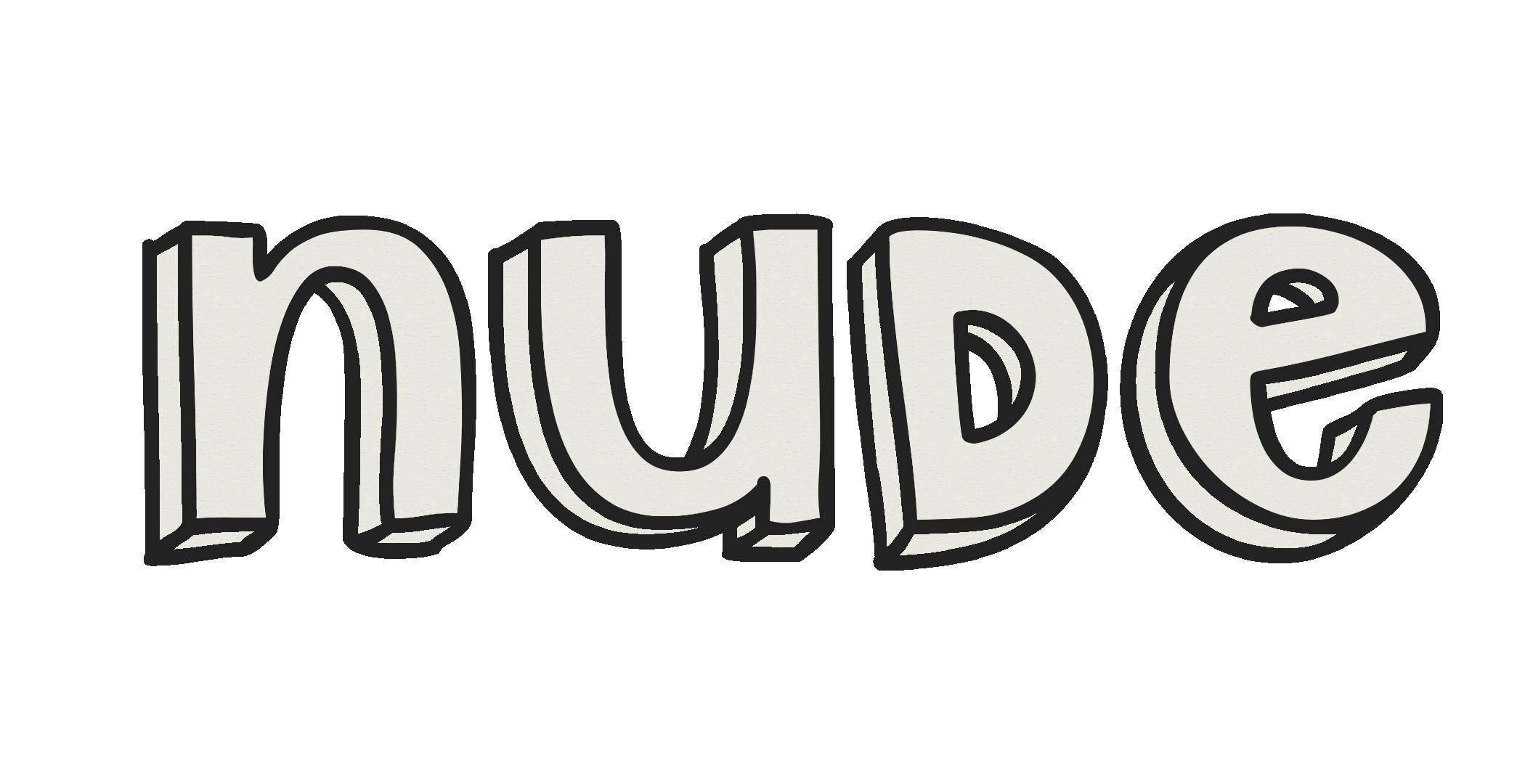← back
What are the Best Foods for Cutting?
What Does "Cutting" Mean in Fitness?
Cutting refers to a diet and exercise strategy aimed at reducing body fat to enhance muscle definition. It involves maintaining a caloric deficit while ensuring adequate protein intake to preserve muscle mass.
Why Is a Cutting Diet Important?
A cutting diet is crucial for effectively reducing body fat without losing muscle. It emphasizes nutrient-dense, high-protein foods, and manages calorie intake carefully to support your body's needs during a calorie deficit.
What Are the Best High-Protein Foods for Cutting?
The top high-protein foods for cutting include:
Lean Meats: Such as chicken breast and turkey.
Fish: Especially fatty fish like salmon.
Eggs: For versatile protein sources.
Dairy: Like Greek yogurt and cottage cheese for their protein content and beneficial nutrients.
Which Vegetables and Fruits Should I Eat While Cutting?
Focus on fiber-rich vegetables and fruits, such as:
Leafy Greens: Spinach, kale, and other greens.
Cruciferous Vegetables: Broccoli and cauliflower.
Berries: Strawberries, blueberries, and raspberries. These choices are low in calories but high in nutrients and fiber, helping you feel full and satisfied.
Are Fats Important in a Cutting Diet?
Yes, healthy fats are vital. They support hormone health, nutrient absorption, and can keep you feeling satisfied. Opt for:
Avocados and Nuts: For monounsaturated and polyunsaturated fats.
Olive Oil: A heart-healthy option for cooking and dressings.
What Role Do Complex Carbohydrates Play in a Cutting Diet?
Complex carbohydrates provide sustained energy and help maintain muscle glycogen stores. Include:
Whole Grains: Like quinoa, brown rice, and oats. They're essential for keeping energy levels up and supporting overall health during a cut.
Can I Eat Snacks While on a Cutting Diet?
Yes, you can enjoy snacks, but choose wisely. Opt for protein-rich snacks like Greek yogurt, a small handful of nuts, or sliced vegetables with hummus to keep you energized and satisfied between meals.
What Is the Best Way to Calculate My Caloric Needs for Cutting?
To calculate your caloric needs, first determine your Total Daily Energy Expenditure (TDEE) and then subtract 10-20% to create a caloric deficit. You can find calculators online, for example this one right here. This will help ensure you're consuming less than you burn, leading to fat loss while attempting to preserve muscle.
← back
nude nutrition
nude nutrition is where we weed out some of the BS in the health & nutrition industry with straight-and-to-the-point answers to common questions.

